The phrase “culturally responsive teaching” has been showing up more and more in recent years. But what exactly does it mean to be culturally responsive in your classroom? And what are the changes — if any — that you need to be making to be a culturally responsive teacher?
It’s a complicated issue, and it’s not one we suggest trying to fix in one planning period, but wanting to get started right away is a good thing! That’s why the Teach Starter teacher team has put together this guide for teachers to help you start to be more culturally responsive. In addition to a look at the definition, you’ll find relatively simple fixes you can make right away plus some more substantial homework to add to your list.
It may seem like a lot, we know, but you’re doing the important work here!
What Is Culturally Responsive Teaching?
First things first, let’s define what we are talking about here.
Culturally responsive teaching is an approach to education that recognizes and values the cultural backgrounds of students. It involves creating an inclusive classroom environment that is respectful of all your students’ cultural identities and experiences.
This can include everything from using materials, teaching strategies, and assessments that are relevant and meaningful to students from diverse backgrounds to building positive relationships with both your students and their families and being aware of and responsive to cultural differences in communication, behavior, and learning styles.
The ultimate goal of culturally responsive teaching is to empower students to succeed academically and in life by capitalizing on their cultural strengths and experiences. When you’re culturally responsive, it helps you see the whole student, and that can only be a good thing.
How to Be More Culturally Responsive in the Classroom
Every teacher is different, and each has different philosophies and approaches to teaching. With that in mind, we can’t tell you what work you need to do to be more inclusive. The answer is different for everyone and starts with some self-reflection.
That said, we’ve collected some places to get started, along with some relatively simple ways to adjust your approach to better serve your students.
Say Students’ Names Correctly
It may seem like a minor thing in the long run, but researchers have found there can be lasting and profound impacts for people whose names are often mispronounced. And why not? Our names are a substantial part of our identities.
If you’re not sure how to pronounce a student’s name, all you have to do is ask. It really is that simple.
If you struggle with pronunciation even after asking, go home and practice until you get it right. While you may not get it right the first time or even the second time, your students will appreciate that you have put in the work to get it right and feel both more valued and at home in your classroom because of it.
On the first day of school, ask students to create this 3D name tent for their desks and share their creations with the class. Not only does this give you a chance to learn the pronunciation, but it gives their classmates a chance to learn more about that special name which can help instill the value of getting it right.
Include All Types of Families
The American family structure has changed dramatically in the past 50 years, with just 70 percent of kids living in a home with two parents these days (compared to 85 percent back in 1968). Census Bureau data shows as much as 21 percent of kids live with a mom as head of household, while 1 percent live with their dad, and another 4 percent live in a home with someone other than a parent. Keep those numbers in mind when making classroom announcements or speaking directly to students about home life.
Instead of telling students they’ll need to get that field trip permission slip or homework folder signed by “Mom” or “Dad” or even “your parents,” make a habit of using broader terms like “the adult you live with” or “your grown-ups” in your classroom. This way, you recognize that some kids live with grandparents, some with foster parents, and some with older siblings.
If you know that a particular child (or more than one student!) has two parents of the same sex, be sure to use the correct pronouns when conversing with that child about their parents.
Use this printable Family Comes in All Shapes and Sizes bulletin board kit to celebrate different types of families in your classroom.
Diversify Your Examples
We all use examples throughout the day to illustrate our points to students and make those real-world connections. Maybe you like to talk about a particular meteorologist when you’re introducing kids to a particular weather concept, or you always tell your 5th-graders the same story about a particular past student who excelled in your math class. You know the type we’re talking about.
Make a point to expose your students to more diverse examples via a daily or weekly example, such as the “Monday’s mathematician,” which rotates out new math heroes of different genders and racial backgrounds for students to get acquainted with. Check with your school librarian for help with this — they may have some biographies you can display in the classroom on a rotating basis for students to get to know these diverse heroes.
Want to ensure your everyday lessons feature diverse role models? Try these resources to get started:
- Upper elementary learners can practice comparing and contrasting skills with a worksheet on human rights leaders.
- Assign your third graders to write a constructed response with a worksheet on female trailblazer Irma Rangel.
- Explore patterns with primary-grade learners with an Ada Lovelace cut-and-paste activity.
Celebrate Holidays Mindfully
Holidays can be a lot of fun to celebrate in the classroom and help break up the rigor of everyday education. But holiday celebrations that don’t take into account the cultural implications of each holiday are anything but fun.
From Thanksgiving to Christmas to Mother’s Day, take a long hard look at your lesson plans and even those activities that have been done at your school year in and year out for decades. Ask yourself the following questions:
- Do they still hold up in 2023?
- Is every child being represented?
- Is every child’s culture being taken into consideration?
If the answer to any of those questions is no, you might be able to find a new way to celebrate or consider dropping the celebration entirely.
Build an Inclusive Classroom Library
Take a look through the books in your classroom library. Do the authors and protagonists represent the families in your community? Is there representation of marginalized communities both as subjects of your chosen books and as the writers of the stories?
We Need Diverse Books is a great resource for finding more diverse books to add to your classroom, and here are a few book lists from members of our teacher team to get you started:
Encourage Students to Draw on Their Cultural Backgrounds
Students bring diverse experiences and their own cultural capital to the classroom, and ensuring they are given space to bring each into the conversation is an important part of culturally responsive teaching. We don’t just want students to see themselves represented in our classroom texts and worksheets but also ensure they’re given space to speak about their particular feelings and experiences in relation to the lessons.
One caveat on this topic: It’s important not to put marginalized students in a position of having to represent a particular group and educate their peers.
Shut Down Hate Speech
It’s not enough to just teach students to be kind and respect one another’s differences — although it’s important. It’s important to act immediately when students are acting disrespectfully or hatefully toward one another. Not only is this how you create a space where all students feel they’re welcome, but in some states, it’s even the law!
Decorate With All Students in Mind
Many of the classroom decorations out there still default to white/peach-colored skin tones. If this year’s classroom theme will feature representations of humans — even if they’re just cartoons — make sure there is a variety of skin tones, and that decor is culturally appropriate.
This also means steering clear of holiday decor that appropriates a certain culture as well as carefully examining depictions of students in your classroom posters. Do rules posters show people of a certain group in a negative light, for example? What about the opposite? Are there equal depictions of people of various races shown in positive situations?
Embrace Gender-Neutral Terminology
Even in preschool and elementary school, there’s evidence that using gendered language has ill effects, from dampening girls’ self-esteem to keeping students of opposite genders from playing with one another. Making simple changes in the way you speak can make a real difference, whether you’re changing your word problems in math to avoid putting boys in the driving seat or refocusing the names you call your students to avoid specifying one gender or another.
Other Ways to Be More Culturally Responsive in the Classroom
Of course, not everything can be addressed so simply, and we’re not suggesting you skimp on the hard work. It’s important to do an internal audit that addresses your teaching as a whole. To make it easier to approach this piece by piece, here’s a list of some of the most important components of your teaching to review:
- Classroom rules and procedures
- Classroom texts (what sorts of stories are you studying in ELA, social studies, etc.?)
- Classroom engagement (how do you choose who you call on?)
- Behavior management strategies
- Classroom seating
- Placements (for example, how do you make recommendations for intervention or gifted and talented placements?)


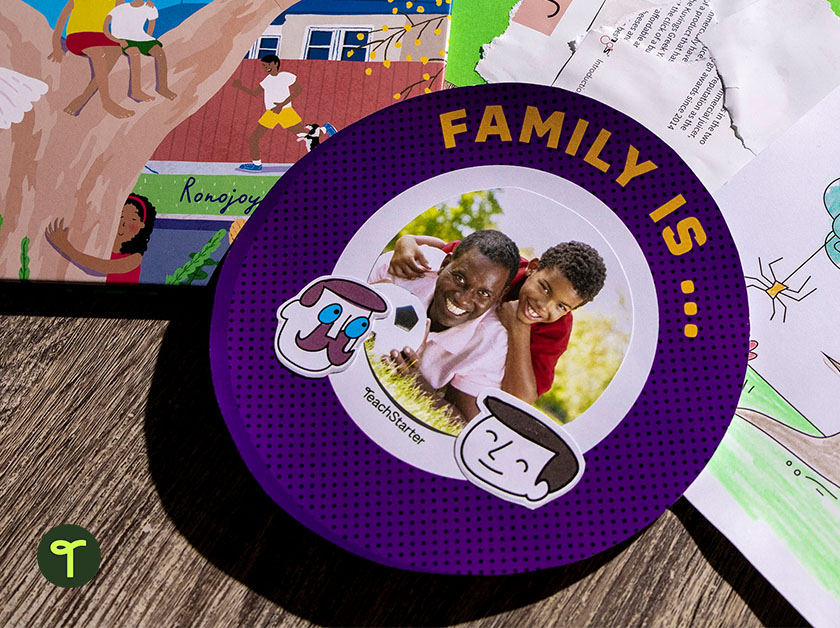
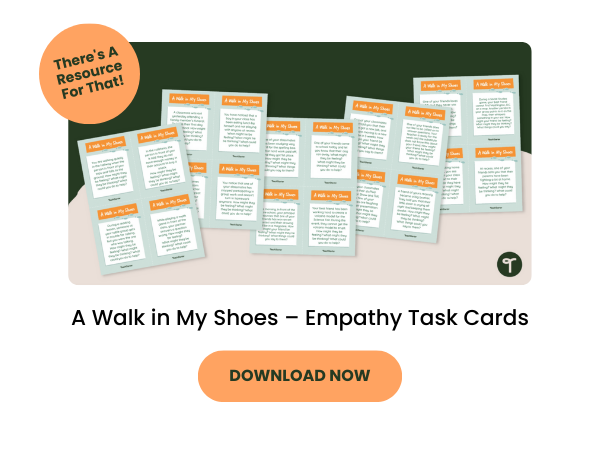
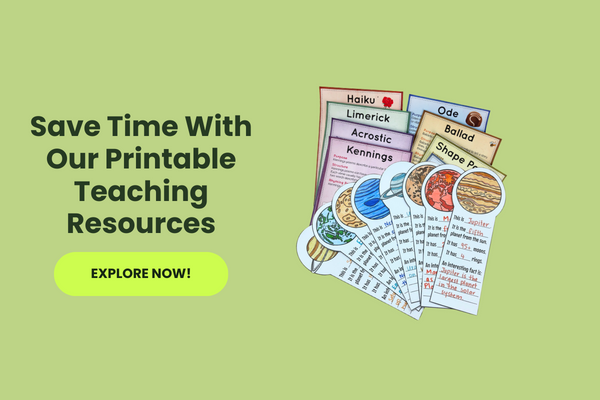

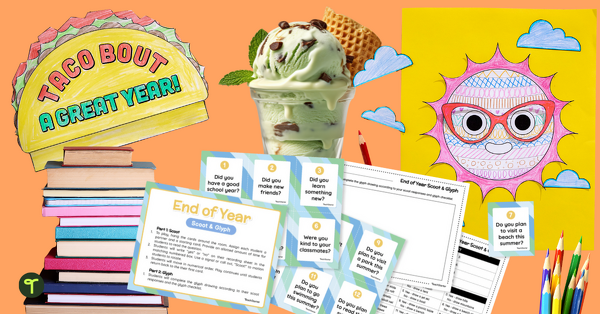
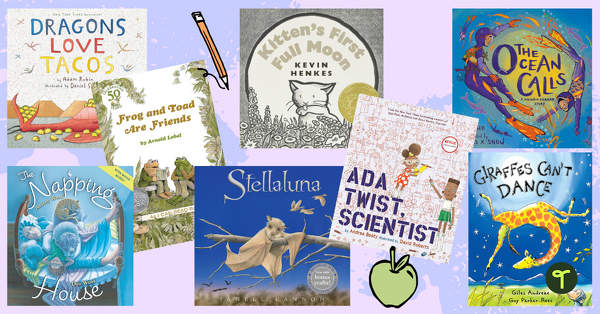



Comments